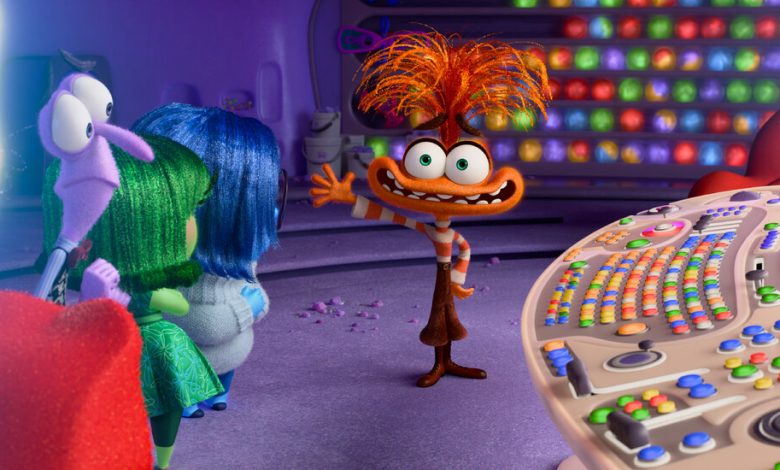I Saw My Anxiety Reflected in ‘Inside Out 2.’ It Floored Me.

At the climax of Pixar’s “Inside Out 2,” Riley, a freshly pubescent teen with a gaggle of new personified emotions, becomes so overwhelmed with anxiety that she has a panic attack.
In the theater, I whispered to my friend that I’d forgotten to bring my panic attack medication. I’d said it as a joke — but at the sight of this anxious animated teenager, my whole body’s choreography changed. My muscles tensed. I pressed my right palm down hard to my chest and took a few deep yoga breaths, trying to cut off the familiar beginnings of an attack.
This depiction of how quickly anxiety can take hold was overwhelming. I saw my own experiences reflected in Riley’s. “Inside Out 2” felt personal to me in a way that was equally cathartic and devastating: It’s a movie that so intimately understands how my anxiety disorder upends my everyday life.
“Inside Out 2” picks up two years after the 2015 film “Inside Out,” as Riley is about to start high school. With puberty comes a group of new emotions, led by Anxiety. A manic orange sprite voiced by Maya Hawke, Anxiety bumps out the old emotions and inadvertently wreaks havoc on Riley’s belief system and self-esteem as she tries to manage the stress of a weekend hockey camp.
When an emotion takes over in the “Inside Out” movies, a control board in Riley’s mind changes to that feeling’s color; Anxiety’s takeover, however, is more absolute. She creates a stronghold in Riley’s imagination, where she forces mind workers to illustrate negative hypothetical scenarios for Riley’s future. Soon, Riley’s chief inner belief is of her inadequacy; the emotions hear “I’m not good enough” as a low, rumbling refrain in her mind.
I’m familiar with anxiety’s hold on the imagination; my mind is always writing the script to the next worst day of my life. It’s already embraced all possibilities of failure. And my anxiety’s ruthless demands for perfection often turn my thoughts into an unrelenting roll-call of self-criticisms and insecurities.
